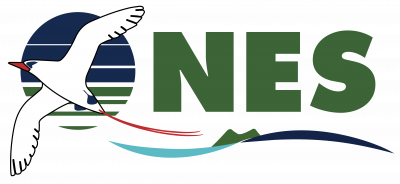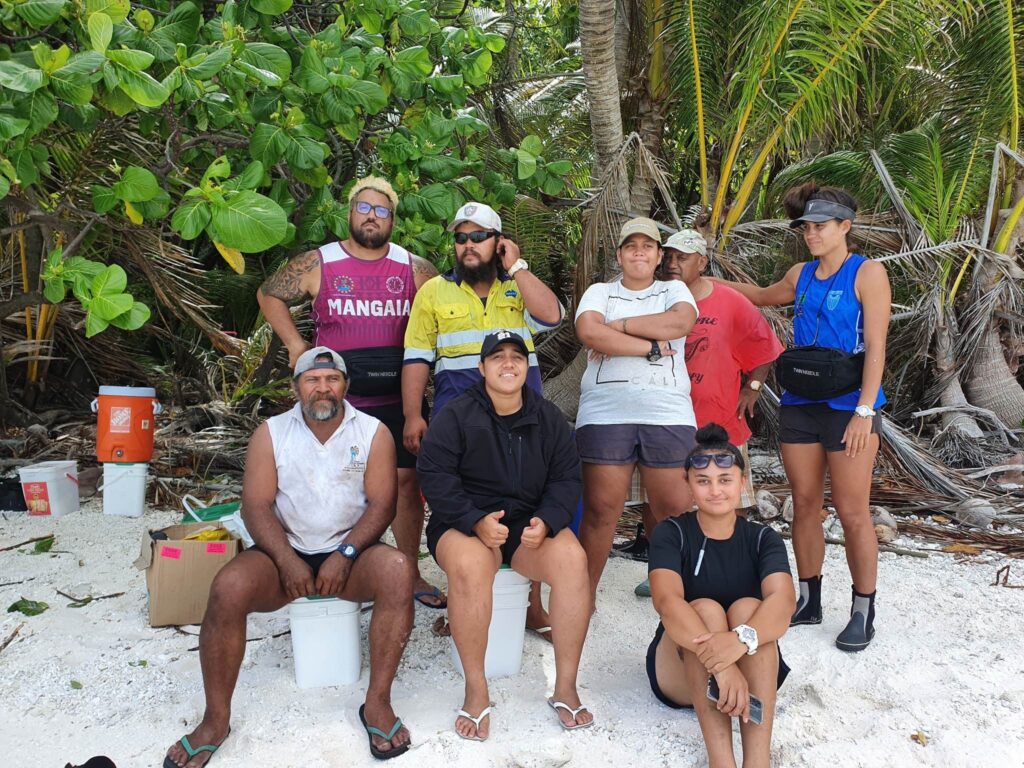Two representatives from the Cook Islands attended a workshop in Sydney earlier this month, to present on the Cook Islands’ application to internationally recognise the Takitumu Conservation Area as an ‘Other Effective area-based Conservation Measure (OECM)’.
This is the Cook Islands’ first OECM site, and also a first for the Pacific Islands region, and so this provided an opportunity for meeting participants to learn from the process that NES has conducted with the TCA working group and community to realize this status.
The workshop was hosted by the International Union for Conservation of Nature Oceania Regional Office (IUCN ORO) and BIOPAMA, with the intention of empowering participants with tools and standards, sharing expertise and knowledge, and establishing networks with one another, on the establishment and monitoring effectiveness of Protected and Conserved Areas.
There is a global target in the Global Biodiversity Framework (GBF) to achieve, by 2030, protection of 30% of terrestrial and inland waters areas, and 30% of marine and coastal areas, especially areas of particular importance for biodiversity and ecosystem functions and services. Meeting participants engaged in talanoa sessions, group discussions and activities, and learnt from one another to understand how we can help to achieve this international target at national and local levels.
Jessie Nicholson, Biodiversity Coordinator at the National Environment Service, presented on the entire process that NES undertook to recognise the TCA as an OECM. Edward Karika attended the workshop to bring to the table the local community perspective on this process. Edward’s story of the TCA moved the participants in the room, he explained his role as part of the OECM process, and shared his vision for his family – “Rather than leave land to my kids, I need to leave good kids to this land”. This powerful message, which was spoken on day one, carried forward to conversations and discussions right until the end of day four of the workshop.
It was highlighted that youth engagement is crucial to ensure sustainability of the conservation efforts we are trying to achieve today, as youth are the leaders and change-makers of the future. It is our duty as parents, as villages, and as a society, to raise the next generation and in doing, ensure that we are raising a generation who care for the environment and all species that live within it.
NES will continue to improve its engagement with youth, and support the civil societies in the environment space, to ensure we are collectively able to reach the GBF goal of living in harmony with nature by 2050.







